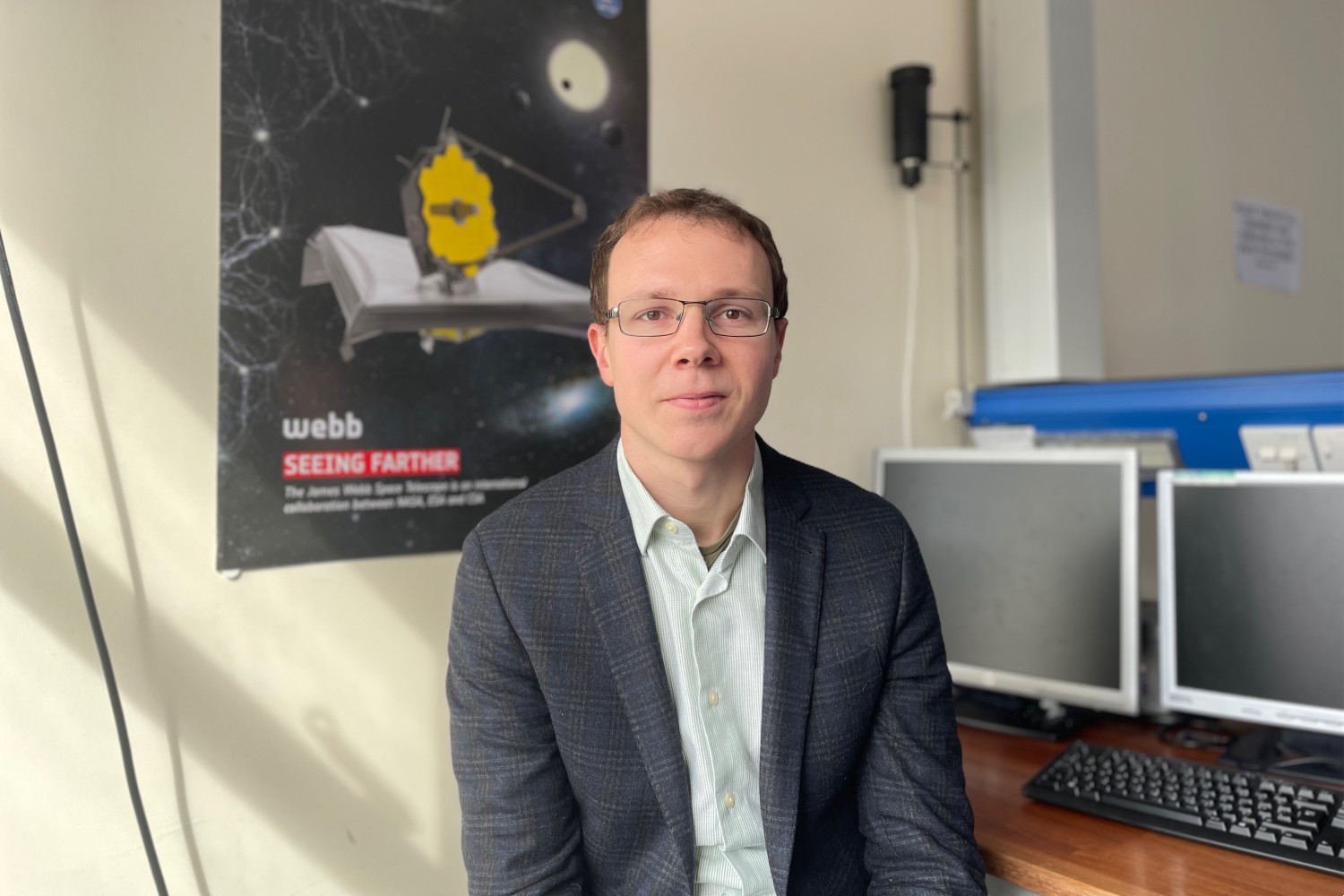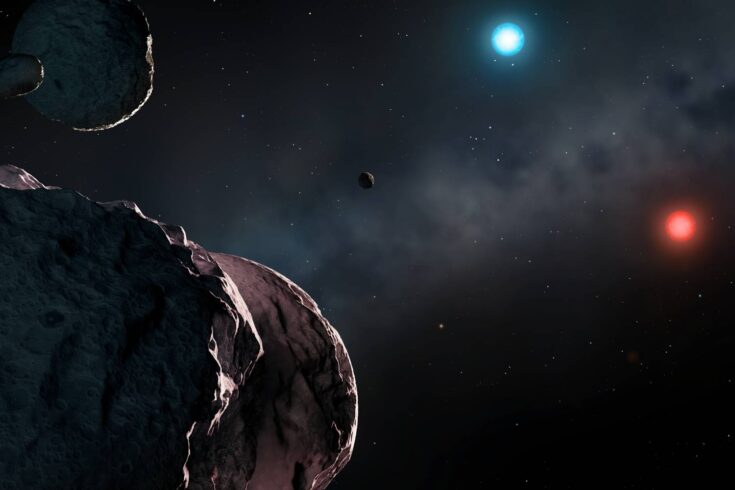Since the first confirmed detection of an exoplanet in 1992, thousands of planets outside our own solar system have been observed. Astronomers are learning more about distant stars and the planets that orbit them, but questions remain about how they form.
A project led by University of Warwick and including the universities of Geneva, Bern and Porto could help fill a gap in our understanding. Investigating the Nature and Origins of Exoplanets in the Neptunian Desert (INNATE) was set up to find out more about planets orbiting exceptionally close to their stars. These planets resemble Neptune in our own solar system, but are far hotter.
Until recently astronomers thought these were rare because the conditions inside this part of a planetary system (the Neptunian Desert) are harmful to giant, gassy bodies like Neptune. David Armstrong, INNATE’s Principal Investigator, explained:
Inside the Neptunian desert planets are very close to their host star, which evaporates a lot of their atmosphere. This removes light gases, and the planet shrinks in size, starting to look a bit smaller and rockier than Neptune.

David Armstrong, INNATE’s Principal Investigator
A change in thinking on how planets are formed
Or so we thought. David continued:
Looking at the data from NASA’s TESS Exoplanet Mission, we’ve started seeing an increasing number of planets cropping up in the middle of this desert. It’s only a handful, so it raises the question: are these particularly strange objects that have somehow dodged these processes we thought were important, or will we discover they’re part of a whole population that’s followed a different, unexpected route of planet formation?
The answer to that question matters not only for our understanding of Neptune-like planets but for planets like ours, too. David concluded:
If we’ve misunderstood a process like photo-evaporation, then that could change our view of how planets like Earth are formed.
And if it turns out that astronomers were mistaken, our model of how life evolved (and could evolve elsewhere in the universe) might have to change.
Smooth path to accessing funding
David won a grant for INNATE from the European Research Council’s Starting Grant, but was unable to receive his funding because of the delay to the UK’s associate membership of Horizon Europe. Instead, he received equivalent funding from UK Research and Innovation via its guarantee funding scheme.
David said:
For us the application was very smooth and involved mostly documents we had from our original application.
Horizon Europe is one of the best routes to large research grants and open science research grants in terms of having freedom to set your own topic. While that guarantee is open, it should be taken advantage of.

